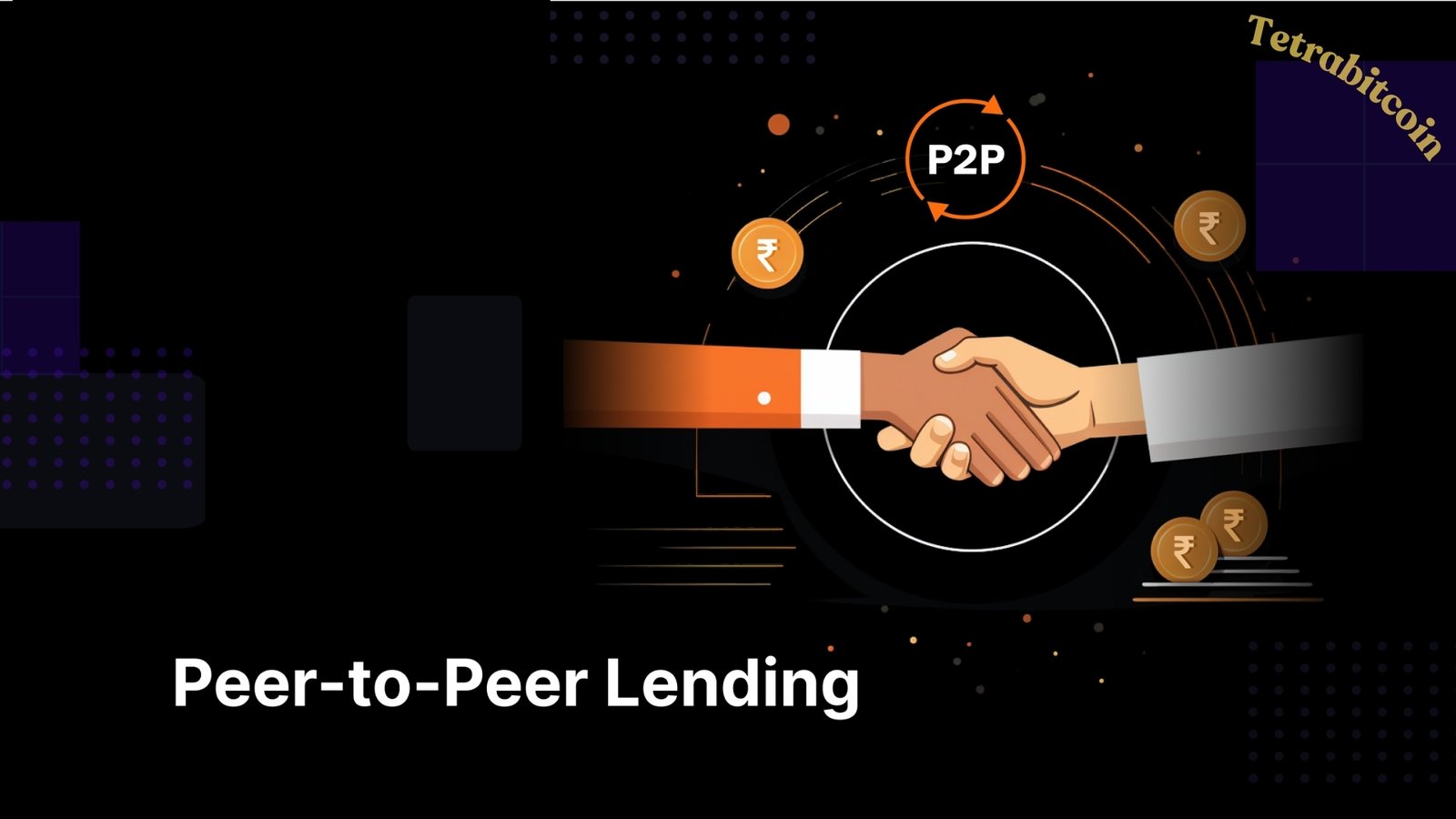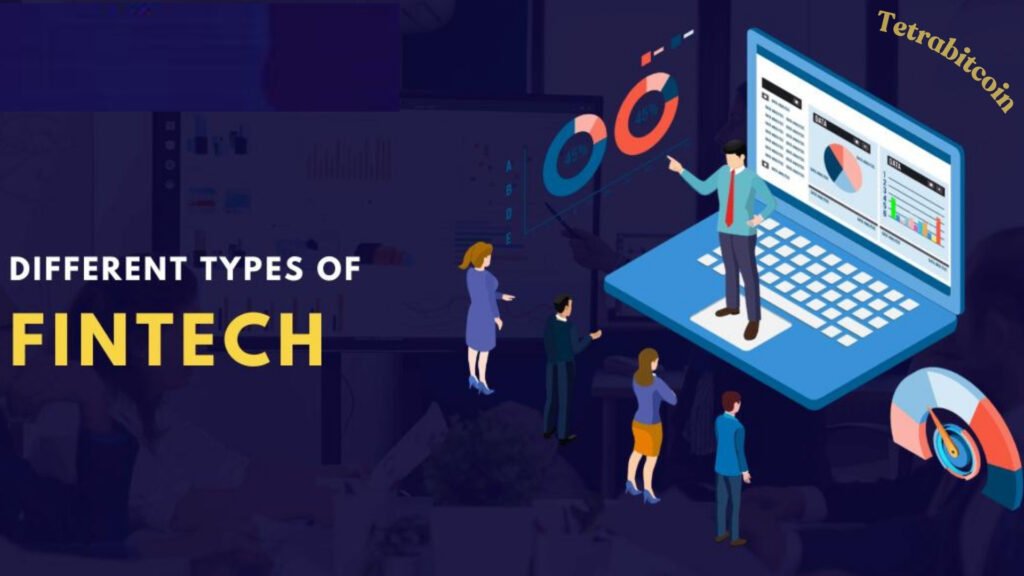Different Types of Fintech: A Comprehensive Guide 2024. Among the many technological developments that have recently attracted interest around the globe, fintech stands out. Many of you probably think of fintech as a revolutionary new technology that has the potential to reshape the financial services industry. Fintech is not a mysterious technology for people who use financial services, but that idea is somewhat accurate.
Fintech has become more muddled in its true definition due to people’s insatiable interest in its many forms and applications. However, fintech is the application of tech to improve financial services. Automating customer support operations, for instance, can aid clients of financial services to overcome typical obstacles across all of these services. The fast expansion of several fintech startups and enterprises and the value that fintech offers indicate that the fintech industry is poised to achieve impressive growth numbers.
What are the benefits of considering other forms of financial technology before delving into fintech’s complexities? One method to understand how fintech is changing the financial services industry is to look at the many examples and varieties of fintech. Various instances and types of fintech are described, and their worth is explained in the following discussion.
Why Should You Care About Fintech?
The focus of aspiring professionals has recently shifted to financial technology or fintech. “fintech” describes a wide range of technologies that can be used with financial services. It can be described as a collection of new technologies to broaden the reach of financial services.
Most importantly, software, cloud apps, mobile and online apps, specialized companies, and digital expansions of traditional financial services all fall under the umbrella of fintech. One notable example of how fintech has been bringing significant improvements to financial services is the introduction of credit cards in the 1950s.
Fintech categories have emerged as a result of fintech’s many uses, and these categories have the potential to bring about improvements for users. Interestingly, fintech isn’t just used by individuals; it’s also embraced by startups, small enterprises, and large corporations looking to use it. Government agencies can also reap the benefits of fintech if they so want.
The Fintech Effect on Numbers

Without a doubt, fintech has emerged as a strong trend in technology in recent times. Contrarily, using credit cards and automated teller machines (ATMs) is one of the earliest examples of financial technology. Thus, it is not a recent development. The widespread use of fintech was made possible by the advent of mobile banking. Take financial apps as an example; they accounted for nearly 5% of all app downloads in 2019.
Many industries adopted various financial technologies due to global pandemic restrictions. Online booking, micro-loans, and virtual transactions saw a sharp increase in streamlining financial administration after the epidemic. The total investment in fintech services in 2019 was over $35 billion. Various investment transactions have brought the total to about $25 billion for financial technology applications.
In addition, the increase in digital payments is a crucial factor propelling fintech growth. Based on current projections, the value of digital payments will reach $9.46 trillion in 2023. Consequently, there is no doubt that fintech categories may profit from the emerging patterns in customer behaviour.
Adopting cutting-edge technology to enhance customer service has been a priority for numerous financial services companies. By the end of 2022, the fintech sector is expected to hit $310 billion, indicating a bright future for the subject.
Types of Fintech
The most direct way to answer the question “What are the different types of fintech?” is to highlight how fintech works. The term “fintech” encompasses a wide range of ideas, innovations, and offerings in the financial technology sector. Simultaneously, new varieties of fintech are being made possible by the ever-increasing developments in fintech technology.
Finding how various technologies are being employed to revolutionize financial services will help you establish a distinct understanding of the various fintech varieties. To help you understand financial technology better, we have outlined the most common types of fintech and provided examples to illustrate them.
Blockchain and Cryptocurrencies
Among the most well-known forms of financial technology, blockchain and cryptocurrency would be at the top. Along with smart contracts and consensus algorithms, blockchain technology has the potential to facilitate peer-to-peer transactions, which might pave the way for new standards in the expansion of financial services. Financial services stand to benefit significantly from the introduction of blockchain technology, which records financial transactions in a decentralized and immutable ledger, together with cryptocurrencies or crypto tokens.
Above all else, blockchain’s potential uses in the financial technology industry may pave the way for new financial innovations. For instance, double spending and counterfeit data issues can be avoided via the decentralized preservation of transaction histories. The impact of blockchain on democratising financial services is evident, with more than 80 million crypto wallet owners worldwide. The we. trade platform, developed by IBM for enterprise-level trade financing, is one of the most prominent blockchain-based financial initiatives.
Another fintech that has significantly influenced the financial services industry is cryptocurrency, built on blockchain technology. Improved privacy, security, and transparency in monitoring monetary transactions during their entire lifecycle may be possible using blockchain technology. Cryptocurrency companies could use blockchain technology’s features to track and manage their assets better. The meteoric rise of cryptocurrencies like Bitcoin, Ethereum, stablecoins, and many more has demonstrated their centrality to the financial technology industry’s potential.
Regulatory Technology
One more noteworthy answer to the question “What are the different types of fintech?” would centre on technological advancements in regulation. The Financial Conduct Authority classifies regulatory technology as a subset of financial technology that aims to facilitate the effective fulfilment of regulatory duties. By leveraging state-of-the-art technology, regulatory technology (RegTech) can enhance compliance and pave the way for straightforward, affordable, secure, and easy-to-understand implementation.
New regulatory frameworks are required to keep up with the ever-evolving financial world and its innovations and breakthroughs. One of the most prominent subfields of financial technology, RegTech seeks to improve regulatory processes through standardization and more transparency.
Not only that, but fintech regulatory tech is all about automating the compliance system from top to bottom. Risk and compliance management, regulatory reporting, transaction monitoring, and other regulatory solutions could be built on RegTech. Continuity, Regis-TR, and Provenir are a few instances of RegTech platforms.
Insurance Technology
Insurance technology, sometimes InsurTech, is the next most notable addition to the fintech category. Thanks to the proliferation of digital financial service ecosystems, more leeway exists to create valuable insurance solutions that enhance the customer experience. Insurers are attempting to improve the value of insurance services by utilizing fintech versions that integrate various technologies such as smartphone apps, AI, IoT, machine learning, and many more.
A more streamlined process for collecting insurance information on smartphones is just one example of how fintech has the potential to revolutionize insurance services. Similarly, tools that are easy to use could be crucial in making coverage management easier. Telematics has been the focus of many providers to enhance and simplify coverage for essential insurance products. Meanwhile, InsurTech is revolutionizing how consumers view insurance products, offering numerous benefits.
Mobile Payments
Among the many possible responses to the question “What are the different types of fintech?” mobile payment systems are often mentioned. Some of you are probably already familiar with Google Wallet, Venmo, Apple Pay, and Apple Pay.
After a worldwide pandemic, everyone started thinking about ways to do business without using cash. Organizations across all sectors have been forced to consider alternative payment methods due to the steadily dwindling use of money in the post-pandemic age.
Mobile payments offer varying degrees of value depending on their specific features. Many people have started using popular mobile payment systems like Venmo and Google Pay. For example, Venmo has over 65 million daily users, showing people trust the service.
Peer-to-Peer Lending and Borrowing

There is hope for a revolution in the borrowing and lending systems thanks to the advent of financial technology. Regarding getting a loan, fintech has been an integral part of making the process easier. P2P lending protocols have been established by financial technology types that alter financial services, such as lending.
Borrowing money was as easy as using one of these sites at any moment. Curiously, consumers of these fintech solutions would also discover adaptable chances to assess a borrower’s credit readiness. Concurrently, going to a physical location like a bank or office to apply for a loan is no longer necessary, thanks to fintech.
To facilitate easy access to financial services and enhance the user experience, P2P lending protocols depend on DeFi. Two well-known lending protocols that use DeFi as their foundation are Compound and Ave. One other notable example of a fintech lending app is Credit Karma.
It is a well-known American provider of personal financial services, with over 110 million customers. The app is known for its free and reliable credit score reports. Additional valuable features include loan comparison, practical credit card suggestions, and identity and credit monitoring tools.
Personal Finance Management
Another tried-and-true answer to the question “What are the different types of fintech?” with examples from the real world is personal financial management. An innovative and tailored subset of financial technology, it aims to improve retail investing and wealth management. One well-known and value-based subset of fintech, personal finance technology (often shortened to “WallTech”), may automate and streamline many business processes.
Investors can benefit from simplified portfolio management because WealthTech’s principal focus is simplifying the investment process. Monie, an app tailored to the Egyptian market, stands out among fintech alternatives as a personal finance management solution.
Crowdfunding
From 2021–2026, the crowdfunding market is expected to experience consistent growth, with a compound annual growth rate (CAGR) of over 16%. Thanks to crowdfunding portals, you may now get loans and money for projects without ever setting foot in a bank or presenting your ideas to venture capitalists. The new ways of obtaining cash with creative enhancements would also be highlighted in the outline of different fintech categories. Micro and small businesses may find the perfect chance to get investors for their initiatives through crowdfunding fintech services.
Robot-based Advice and Stock Trading
In financial technology, robot-based advisors stand head and shoulders above the others. You have probably heard that the rapidly growing fintech sector relies heavily on artificial intelligence and machine learning. Financial decision-making suggestions can be provided by robot-based advisers, which are applications driven by AI and ML. Consequently, people who utilize financial services can find a way to save money without consulting a professional. Most importantly, your robotic advisor would be able to analyze data continuously and would never take a vacation.
Similarly, stock trading applications are mentioned in the description of many forms of financial technology. Apps that allow stock traders to do their business from their cell phones are a boon to investors. Artificial intelligence and machine learning have the potential to unlock valuable insights hidden within massive data sets. Blockchain technology can potentially improve the safety of investors’ private information and financial records.
Conclusion
Answers to the question “What are the different types of fintech?” provide a broad picture of how far the industry has gone from introducing credit cards in the 1950s. Some ways financial services are evolving include the rise of mobile apps, chatbots to provide customer care and robots that provide financial advice.
But it’s also worth noting that different fintechs have different roles in the bigger picture. Innovation abounds in the financial technology sector, driven by the goal of fintech to simplify financial services for both enterprises and consumers.

